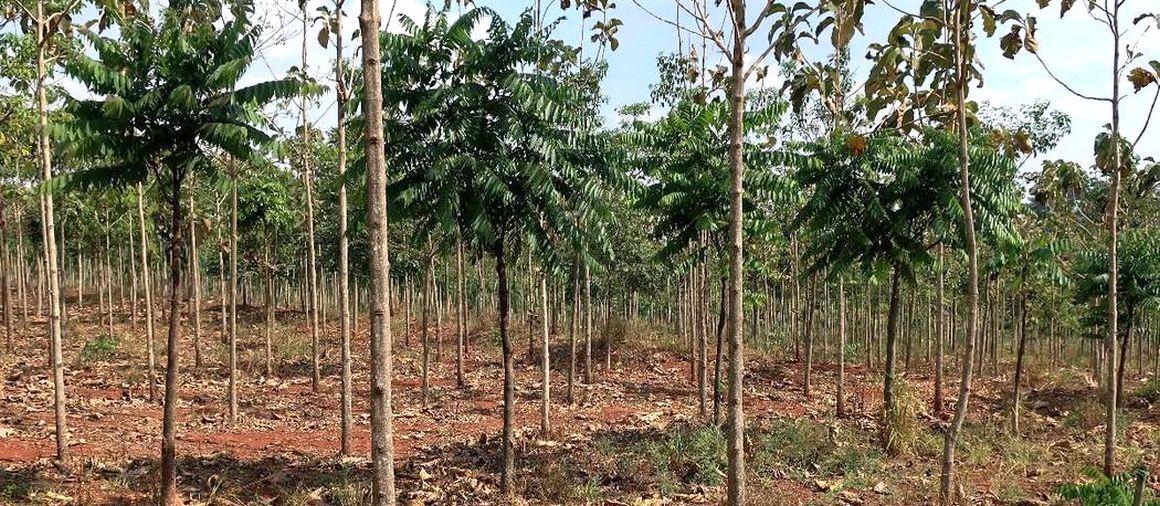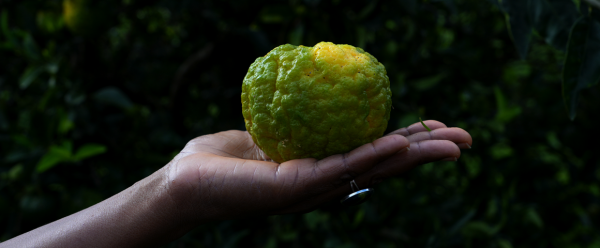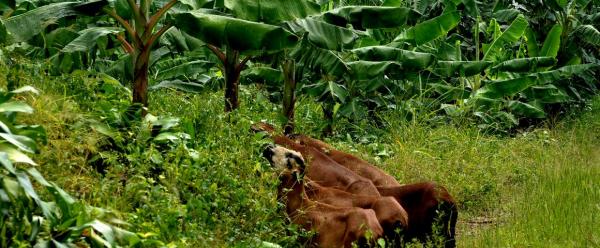Science at work 19 December 2025
- Home
- CIRAD news
- News
- Mixed planted forests in the face of climate change
Planted forests: there is strength in numbers of species in the face of climate change

Replanting trees is all well and good, but it must be done properly. There is currently a boom in tree planting, whether for commercial purposes or within forest restoration projects, tree plantings are booming. However, the vast majority comprise a single species, although it is increasingly evident that provided the right species mix is chosen, mixed plantings are less sensitive to certain types of stress linked to climate change, and more productive. The MixForChange project aims to identify the ecological mechanisms behind the advantages offered by mixed plantings, to provide forest managers with science-based arguments. The second phase of the project will consist in characterizing those managers' perceptions, expectations and constraints, in order to offer them silvicultural production pathways tailored to each context.
Studying the productivity and resilience of mixed plantings
The first phase will focus on determining which species mixes are both productive and resistant to disruptions in a range of contexts. To this end, the project will be backed up by the TreeDivNet global platform, a worldwide network of forest biodiversity experiments. Data from the network will be analysed to determine how tree diversity, species identity and management (thinning and fertilization) affect the potential of mixed forest plantings to mitigate climate change (carbon capture) and adapt to it (drought, extreme climate events, etc.).
In particular, the teams involved in MixForChange* will measure carbon storage in the soil and the biomass of the trees in various tree species mixes and single-species plantings in the TreeDivNet network, in temperate, boreal and tropical zones. "We will also be studying how those plantings react to environmental disruptions, by trying to find out how the species mix and associated soil microbial communities modify resilience to drought and to certain insect pests", says Joannès Guillemot, the CIRAD researcher who is coordinating MixForChange.
"Once we have finished our investigations, we should be able to pinpoint the types of mix that are productive, resilient and compatible with forest managers' expectations and constraints. Moreover, once we know about the underlying ecological mechanisms, we should be able to extend our recommendations beyond the species being studied under MixForChange."
Identifying the socioeconomic obstacles
Alongside the above activities, socioeconomic surveys will be conducted among forest managers and loggers. This part of the project should show to what extent the various stakeholders are aware and perhaps wary of mixed planting and the possible economic and ecological advantages. This will help to pinpoint the obstacles to the adoption of mixed forest plantings, by taking account of management and production targets, as well as the cultural context in each region.
Thanks to a partnership with FAO and private players in the silviculture sector, the scientific outputs of MixForChange will rapidly be transferred beyond academic circles. By identifying the species mixes best able to resist the effects of climate change, the project could, for instance, help to steer global reforestation policy, along the lines of the Bonn Challenge aimed at replanting 350 million hectares of degraded, deforested land by 2030.
* The MixForChange project associates twelve research organizations in Belgium, Germany, Sweden, Austria, Brazil, France, Italy and Canada, along with FAO and various private partners from the silviculture sector.



























